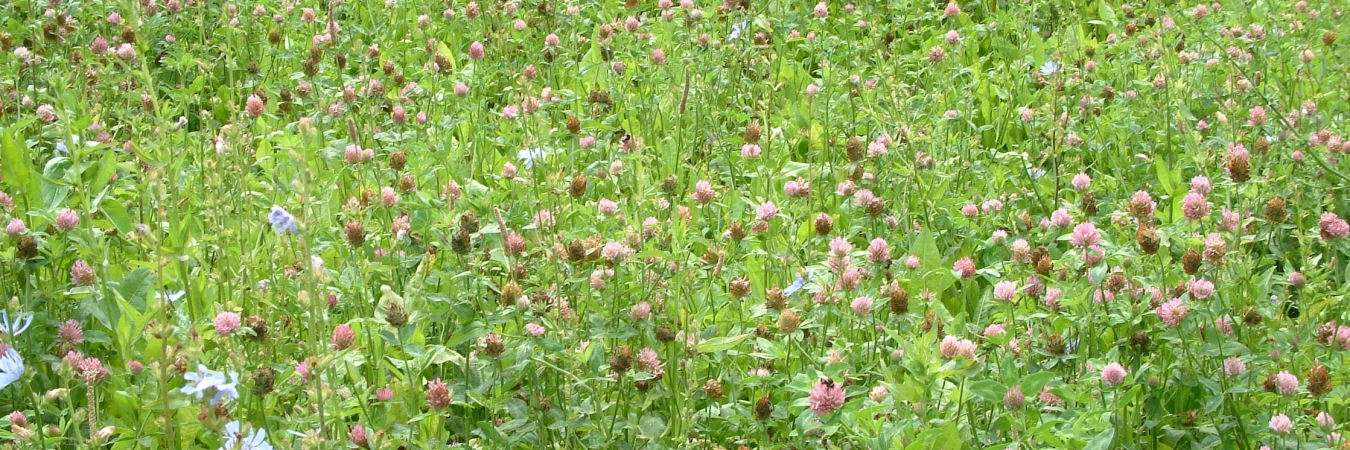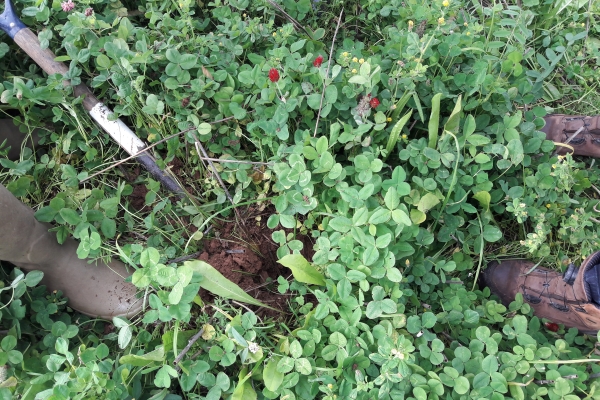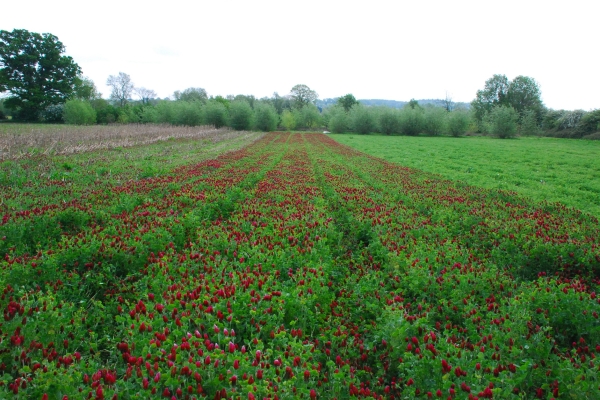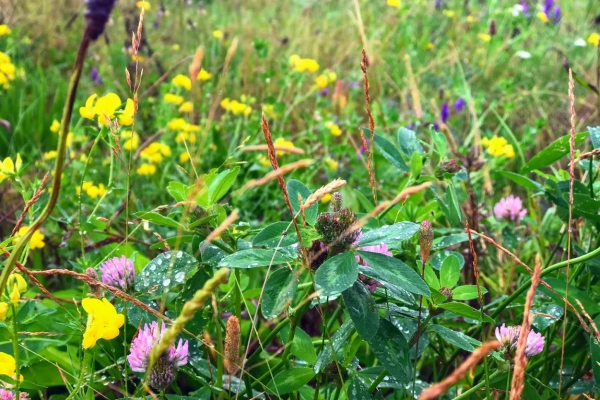Using legume-based mixtures to enhance the nitrogen use efficiency and economic viability of cropping systems
Project Report No. 513
The Legue LINK final report, with pointers to help you improve the efficiency of your leys, benefiting crop production and pollinators.
Resource explained
This is the final report for the Defra funded and Organic Research Centre-led Legume LINK project. The project investigated using species-rich legume-based leys in relation to fixing required quantities of nitrogen and performing reliably under varied local environmental conditions.
Replicated field experiments were conducted over three years at research sites and farms across the UK. Different legume and grass species were combined in mixtures, and a number of slower growing species were incorporated. The performance of twelve legume species with a range of growth habits and physical compositions and four grass species were tested, both sown in monocultures and in a mixture of ten of the legumes and all four of the grasses (the All Species mix, ASM).
The report explains how mixing different species was shown to help suppress early and late weeds, extend forage availability for key pollinators, increase productivity over time, and increase the stability of production.
Findings & recommendations
- While the nitrogen fixation potential of grass-clover mixture leys is high, ley establishment can be effected by the cool, moist conditions required by clover species. There can also be a lack of synchrony between the release of nutrients after incorporation of a green manure and the demands of the following crop.
- Combining several legume species can improve the efficiency of your rotational system.
- The research revealed that:
- No single species scored highly on all of the evaluation criteria;
- White clover in particular was outscored by other legume species on parameters such as early development and resistance to decomposition;
- In comparison with the monocultures, the All Species Mix (ASM) showed increased ground cover and above-ground biomass and reduced weed biomass;
- Benefits of mixing species with regards to productivity increased over time;
- The stability of biomass production across sites was greater in the ASM than in the legume monocultures;
- Ecological modelling revealed that the three best multifunctional mixtures all contained black medic, lucerne and red clover.
- The ASM contained: red, white, crimson and alsike clover, black medic, sainfoin, meadow pea, lucerne, large birdsfoot and birdsfoot trefoil, timothy, meadow fescue, and Italian and perennial rye grass.





